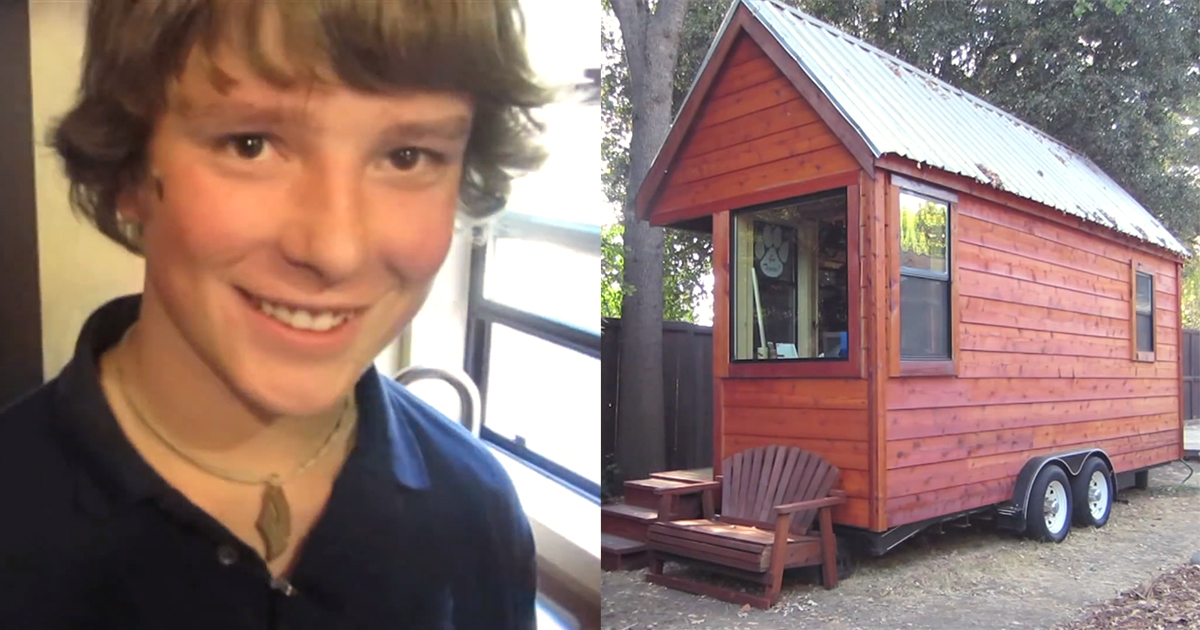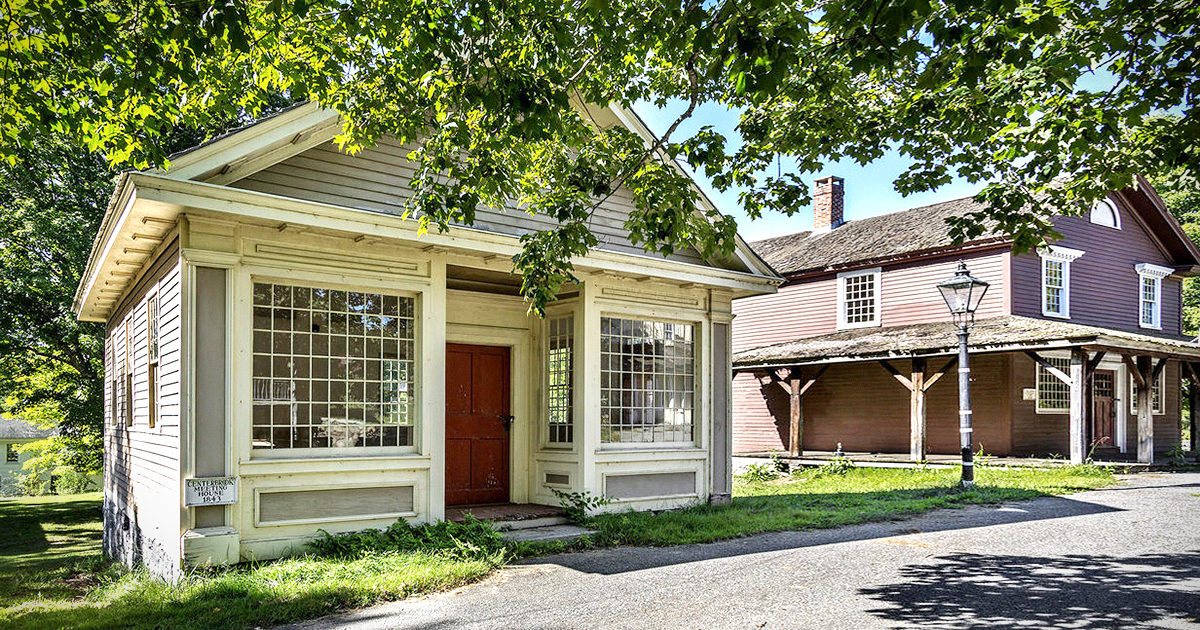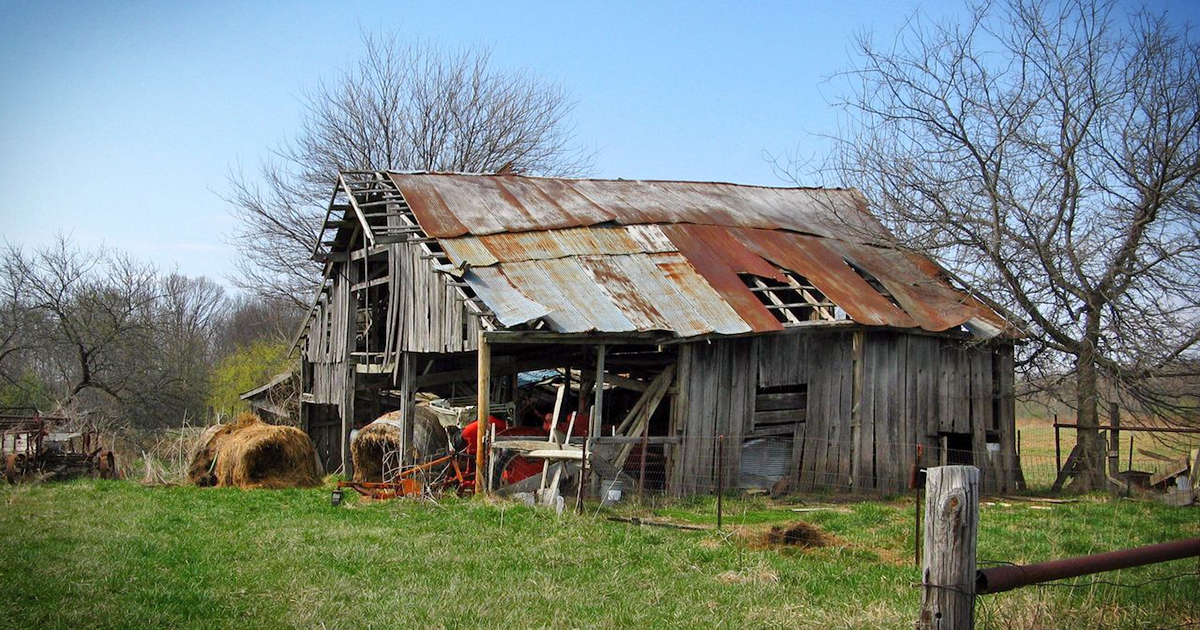Meet The High School Sophomore Who Built His Own Home

Austin Hay was fascinated with tiny houses. He loved the idea of people taking their destinies and financial lives into their own hands and literally building something up from almost nothing. Austin, like many other tiny home enthusiasts, was able to complete his project with very little money. Oh, did we mention that Austin is a high school sophomore when he started? Austin had saved up the money he needed by working two summer jobs — as a camp counselor and a park snack bar attendant — between 9th and 10th grade. Because these tiny homes need to be on wheels to avoid zoning regulations, Austin began by using the base of a used trailer. He purchased the trailer for $2,000. By lofting his bed, Austin was able to have a more spacious layout. He built a closet large enough to store his clothes and personal items. Many of the parts he needed he was able to scavenge from junk yards. Yes, even the kitchen sink. The stove was a Christmas gift, however. Austin was probably the only 15-year-old psyched to be getting a stove for Christmas. The bathroom runs hot and cold water and has a full shower. And a composting toilet. Austin furnished the living room space with a futon he built from wood and a foam pad. It doubles as a sleeping area for guests. Austin finished the home by his senior year of high school. He celebrated by having an open house party where he talked to his friends and family about how to embark on their own tiny homes. In the end, Austin’s tiny home cost about $12,000 to complete. He plans to bring the home to wherever he winds up attending college. Sure beats dorm life. Credit: Kirsten Dirksen Read more: http://www.wimp.com/sophomorehome/







